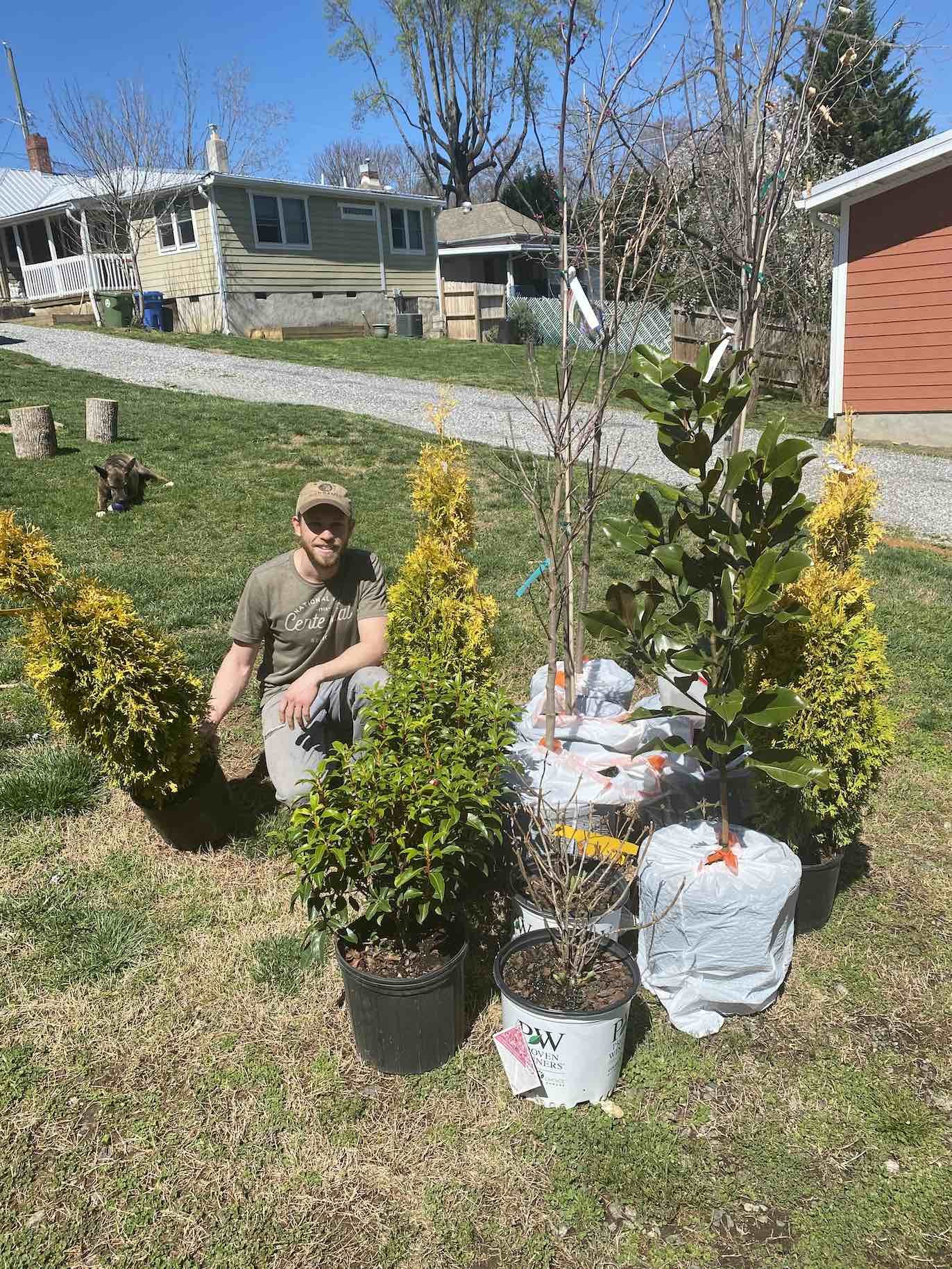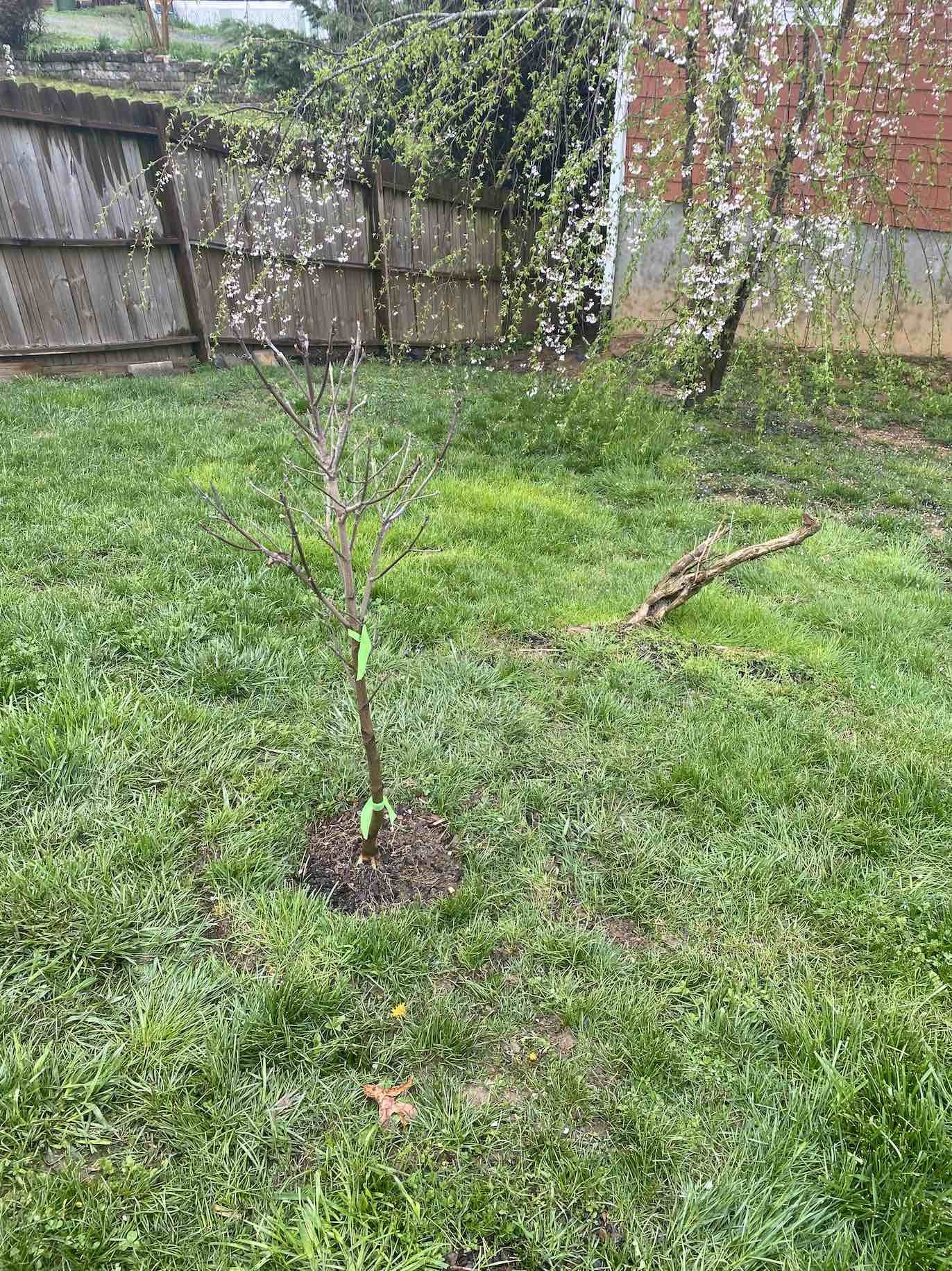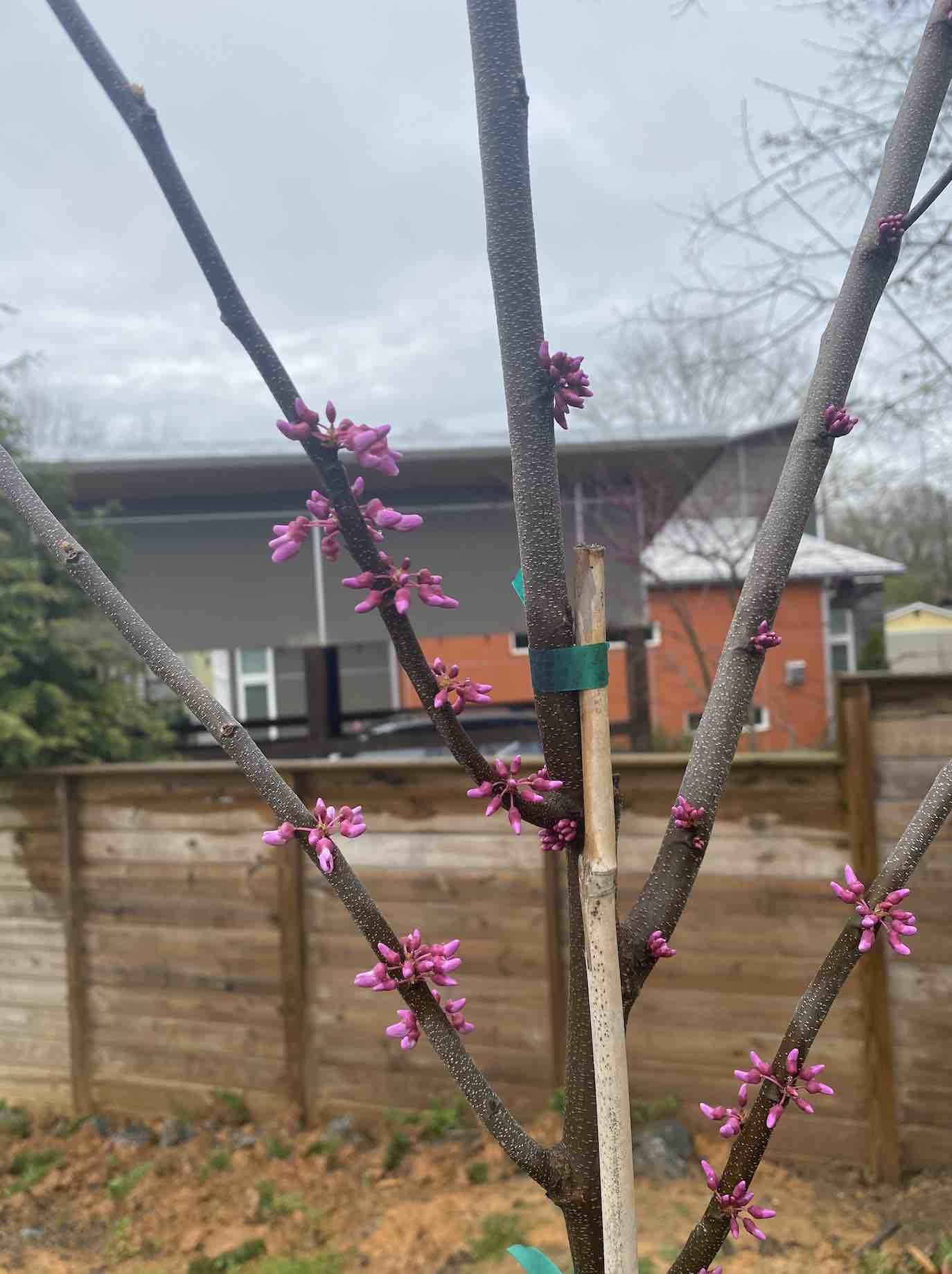West Asheville Garden Project
Eddie and I love living in Western North Carolina. We spend so much time enjoying its natural beauty: from exhilarating swims in mountain streams, to a delicious meal atop a peak, to a winding bike ride through West Asheville’s hills. And on each adventure, we pay attention to mother earth, bathing in the her beauty and peace. We’ve rested among trees that carry more wisdom than our great-grandmothers and admired vibrant hues of moss after a rainstorm. We’ve listened, truly listened, to water peacefully folding around ancient river rocks. Harmony and joy in their purest forms are held here. Our life together from the beginning has been rich with nature, and this was not only awe-inspiring and fun, but it helped us build a foundation of teamwork, adventure, and trust.
“Our life together from the beginning has been rich with nature, and this was not only awe-inspiring and fun, but it helped us build a foundation of teamwork, adventure, and trust.”
“We’ve listened, truly listened, to water peacefully folding around ancient river rocks. Harmony and joy in their purest forms are held in North Carolina’s forests”
Almost every morning, Eddie and I take our coffee outside. We chat while breathing in the crisp air and listening to the birds sing and leaves bustle. It certainly makes it easy to wake up on the right side of the bed. But sometimes, we wake up to the sound of a chainsaw ending the life of a majestic tree a yard over, or we go on a walk to find a section of forestry stripped for construction. Asheville is becoming a popular place. Recently, lots of people have wanted to move here - including the two of us (I moved here in 2016, Eddie in 2012). Plots of land are getting divided into smaller and smaller sections. Trees and wildlife within the town are sacrificed for development. It makes my heart hurt to see the irony; people move here for the natural beauty, and we destroy the natural beauty so more people can move here.
“Trees and wildlife within the town are sacrificed for development. It makes my heart hurt to see the irony; people move here for the natural beauty, and we destroy the natural beauty so more people can move here.”
In the grand scheme of things, increased urbanization amongst folks can be a good thing for our climate. It is more efficient than spreading out, and it increases the likelihood that forests will remain forests. However, I believe that living in the city still means we can be surrounded by nature. If cities prioritize planting and protecting native trees, plants, and wildlife, it will lead to happier lives. Nature provides us humans with a myriad of health benefits, from strengthening our immune systems and psychological health (i) to providing cognitive benefits and reducing stress (ii). In addition, residents will enjoy improved air quality, decreased noise pollution, and a cooler neighborhood with more shade.
“If cities prioritize planting and protecting native trees, plants, and wildlife, it will lead to happier lives. Nature provides us humans with a myriad of health benefits. In addition, residents will enjoy improved air quality, decreased noise pollution, and a cooler neighborhood with more shade.”
Another important benefit: trees help combat climate change.
Trees are natural carbon sinks - land on earth currently sinks 24% of the carbon that we are sending up into the atmosphere. 59% of emissions are still staying in our atmosphere, so we need more carbon sinks and we need to protect the sinks that we have (iii). Planting and protecting trees in your neighborhood is a great way to help mitigate climate change at the local level.
“We need more carbon sinks, and we need to protect the sinks we have (iii). Planting and protecting trees in your neighborhood is a great way to mitigate climate change at the local level.”
For several years, Eddie and I have joyfully lived in the heart of West Asheville. We rent a house that shares one big backyard with 4 other houses. Not long ago, the land that our house sits on was forest. Since construction in the yard was recent, the yard was nearly bare (i.e., grass only) when we first moved in. This past spring of 2021, we set out on our next nature-filled adventure: restoring the land back to its natural woodland beauty. Our goal is not only to have a beautiful garden that fosters community, but for this land to once again be vibrant, biodiverse and beneficial to its surrounding ecology.
“Not long ago, the land that our house sits on was forest. Our goal is not only to have a beautiful garden that fosters community, but for this land to once again be vibrant, biodiverse and beneficial to its surrounding ecology.”
Chapter 1 - Learning on the Fly
Spring 2021
We started with a proposal to our landlords. Nearly all of the plant species are native to North Carolina and were chosen and located with consideration of the sun exposure and hydraulics of the yard. After collaborating with our landlords (who are awesome, by the way), we tweaked the plan and ended up planting 10 trees: 1 Beech, 2 Eastern Redbuds, 2 Dogwoods, 1 Cherry, 1 Magnolia, and 3 Native Dwarf Pines (we like to affectionately refer to them as “The Grinches”). We also planted some shrubbery: Mountain Laurel, Hydrangeas, and Azaleas.
We learned on the fly - in fact, as much as I loved trees, before beginning this project, I had never planted one. We followed the advice from this video.
Planting tips we’ve learned over time:
Plant young trees. The younger the tree at planting, the more likely it will be healthy and long lasting.
Plant in the fall. Less watering will be needed, and trees use that time to establish and strengthen their roots. It’s okay to plant in the Spring too.
Dig wide holes. You want to dig a hole 2-3 times the width of the pot. With your shovel, break up the soil on the edges and bottom of the hole.
Break up the roots before planting. It may feel wrong to be rough, but it’s imperative that the roots begin to grow outward rather than continue to grow in a circle in the shape of the pot.
Use the current soil. At least 1/2, but maybe 2/3rds, even if you are working with clay. The tree needs to acclimate to its environment. Mix in 1/3rd of bagged soil for nutrients.
Not too deep. Make sure you can see the base of the tree (the linked video demonstrates this). Planting too deep can cause root rot.
Water well. Bonus: water the hole before you plant.
Mulch. Around the tree, but not on the base of the tree. Leave that open to avoid root rot.
On planting day, we picked up all of the plants from Reems Creek Nursery in Weaverville NC (they have an excellent lifetime warranty program for trees and shrubs). An employee, Chris, guided us through the nursery. It also happened to be Eddie’s birthday, so a few friends came over, helped us plant, and we spent the day in great company and celebration. It was forcasted to rain that morning, but the rain held off a few hours more than expected. A few minutes after we finished planting, the rain began, welcoming the plants to their new home with a long watering - the timing felt magical. We spent the rest of spring watering, caring for, and admiring the plants. Often we would take our coffee and walk around the yard, noticing every detail of the spring bloom. The fulfillment was priceless, and we knew our journey was just beginning.
Resources:
i Ming, Kuo. “Our Better Nature: How The Great Outdoors Can Improve Your Life.” NPR, NPR, 11 Sept. 2018, www.npr.org/transcripts/646413667.
ii Weir, Kirsten. “Nurtured by Nature.” Monitor on Psychology, American Psychological Association, 1 Apr. 2020, www.apa.org/monitor/2020/04/nurtured-nature#:~:text=In%20a%20review%20of%20the%20research%2C%20Gregory%20Bratman%2C%20PhD%2C,meaning%20and%20purpose%20in%20life%2C.
iii Foley, Jonathan. “Climate Solutions 101 Presented by ProjectDrawdown.” Project Drawdown, 16 Mar. 2021, drawdown.org/climate-solutions-101.











